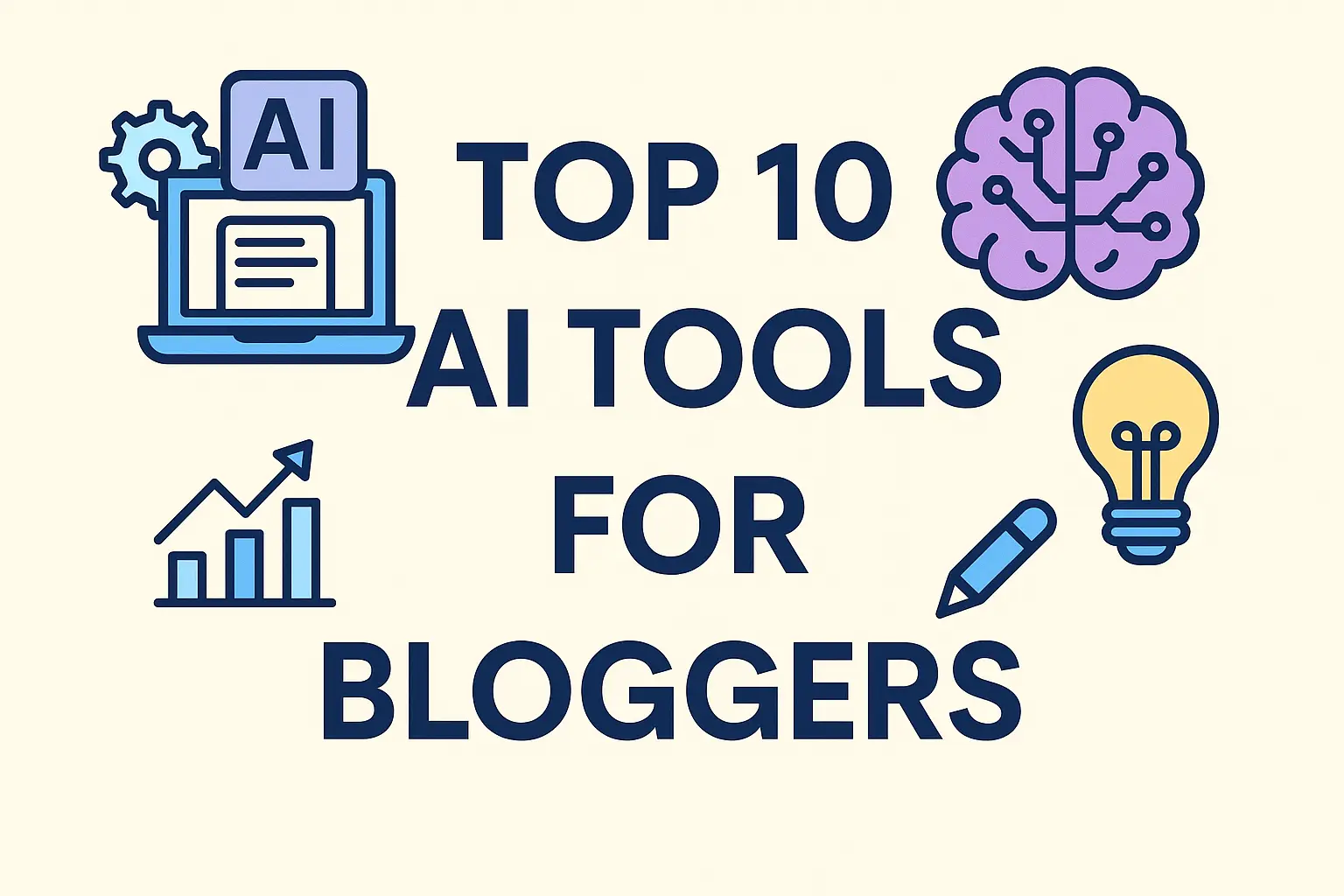Image by Freepik
In the realm of modern technology, few innovations have generated as much buzz and intrigue as blockchain. Initially popularized as the underlying technology of cryptocurrencies like Bitcoin, blockchain has transcended its crypto origins and is now being hailed as a game-changer in various industries. But what exactly is blockchain, and how does it work? In this article, we will demystify blockchain, explore its fundamental principles, and delve into its potential applications beyond cryptocurrency.
Understanding Blockchain Fundamentals
At its core, blockchain is a decentralized and distributed digital ledger that records transactions across multiple computers in a way that ensures the security, transparency, and immutability of the data. To grasp how this revolutionary technology works, let's break down its key elements:
1. Blocks
A blockchain consists of a chain of "blocks," each containing a set of transactions. These transactions can represent anything of value, from cryptocurrency transfers to supply chain information, property records, and more.
2. Decentralization
Blockchain operates on a decentralized network of computers (nodes) that collectively validate and record transactions. Unlike traditional central authorities, such as banks or governments, blockchain relies on a network of participants to maintain its integrity.
3. Cryptography
Cryptographic techniques are used to secure transactions and control the creation of new blocks. This ensures that only authorized users can access and modify the data on the blockchain.
4. Consensus Mechanisms
Blockchain networks employ consensus mechanisms to validate and agree on the state of the ledger. The most common consensus mechanism is Proof of Work (PoW), used in Bitcoin, and Proof of Stake (PoS), utilized in Ethereum. These mechanisms prevent fraudulent or conflicting transactions from being added to the blockchain.
5. Immutability
Once a transaction is added to a block and confirmed by the network, it becomes virtually impossible to alter or delete. This immutability is a core feature of blockchain technology, making it highly resistant to tampering.
Beyond Cryptocurrency: Applications of Blockchain
While cryptocurrencies like Bitcoin remain among the most well-known applications of blockchain, the technology's versatility extends far beyond digital coins. Here are some of the exciting real-world applications of blockchain:
1. Supply Chain Management
Blockchain can revolutionize supply chain management by providing transparent and immutable records of goods and products as they move through the supply chain. This enhances traceability, reduces fraud, and ensures the authenticity of products, benefiting industries such as food, pharmaceuticals, and luxury goods.
2. Healthcare
In healthcare, blockchain can securely store and manage patients' medical records, ensuring privacy, accessibility, and data accuracy. Patients can grant access to their data while retaining control over who can view it. This is especially valuable in telemedicine, medical research, and the pharmaceutical sector.
3. Identity Verification
Blockchain offers a secure and tamper-proof way to manage digital identities. Individuals can have control over their personal information and selectively share it with trusted entities, reducing the risk of identity theft and streamlining processes like KYC (Know Your Customer) verification.
4. Smart Contracts
Smart contracts are self-executing agreements with the terms of the contract directly written into code. Blockchain enables the automation and enforcement of these contracts, reducing the need for intermediaries and the potential for disputes. Smart contracts have applications in industries ranging from real estate to insurance.
5. Voting Systems
Blockchain-based voting systems can enhance the integrity of elections by ensuring that votes are secure, transparent, and tamper-proof. This technology can help combat voter fraud and increase participation in the democratic process.
6. Intellectual Property and Royalties
Artists, musicians, writers, and creators can use blockchain to protect their intellectual property and ensure they receive fair compensation for their work. Blockchain can track the use and distribution of digital content, automating royalty payments and reducing piracy.
7. Energy Trading
Blockchain facilitates peer-to-peer energy trading, allowing individuals and businesses to buy and sell excess energy directly to one another. This can promote renewable energy adoption and decentralize energy grids.
8. Cross-Border Payments
Blockchain-powered cross-border payments offer a faster and more cost-effective alternative to traditional banking systems. Cryptocurrencies and stablecoins can streamline international money transfers.
9. Real Estate
Blockchain can simplify real estate transactions by securely recording property ownership, titles, and transactions. This reduces fraud, speeds up the buying process, and lowers administrative costs.
Challenges and Considerations
While blockchain holds tremendous promise, it also faces several challenges and considerations:
1. Scalability
Blockchain networks like Bitcoin and Ethereum have experienced scalability issues, leading to slow transaction processing times and high fees during peak usage. Scalability solutions are actively being developed to address these limitations.
2. Energy Consumption
Proof of Work (PoW) consensus mechanisms, as used in Bitcoin, are energy-intensive. Many blockchain projects are exploring more energy-efficient alternatives, such as Proof of Stake (PoS).
3. Regulation
The regulatory landscape for blockchain and cryptocurrencies varies widely by country. Governments are working to establish clear guidelines to address concerns related to money laundering, tax evasion, and fraud.
4. Privacy
While blockchain provides transparency, it can challenge privacy expectations. Balancing transparency with data protection is a critical consideration in blockchain applications.
Conclusion
Blockchain technology has come a long way from its cryptocurrency origins and is poised to disrupt a wide range of industries. Its decentralized, transparent, and secure nature makes it a powerful tool for revolutionizing the way we manage data, conduct transactions, and interact with digital systems. As blockchain continues to evolve and mature, its real-world applications will only expand, shaping a future where trust, security, and efficiency are at the forefront of technological innovation. The potential of blockchain is limited only by our imagination, and the journey to unlock its full capabilities has only just begun.





